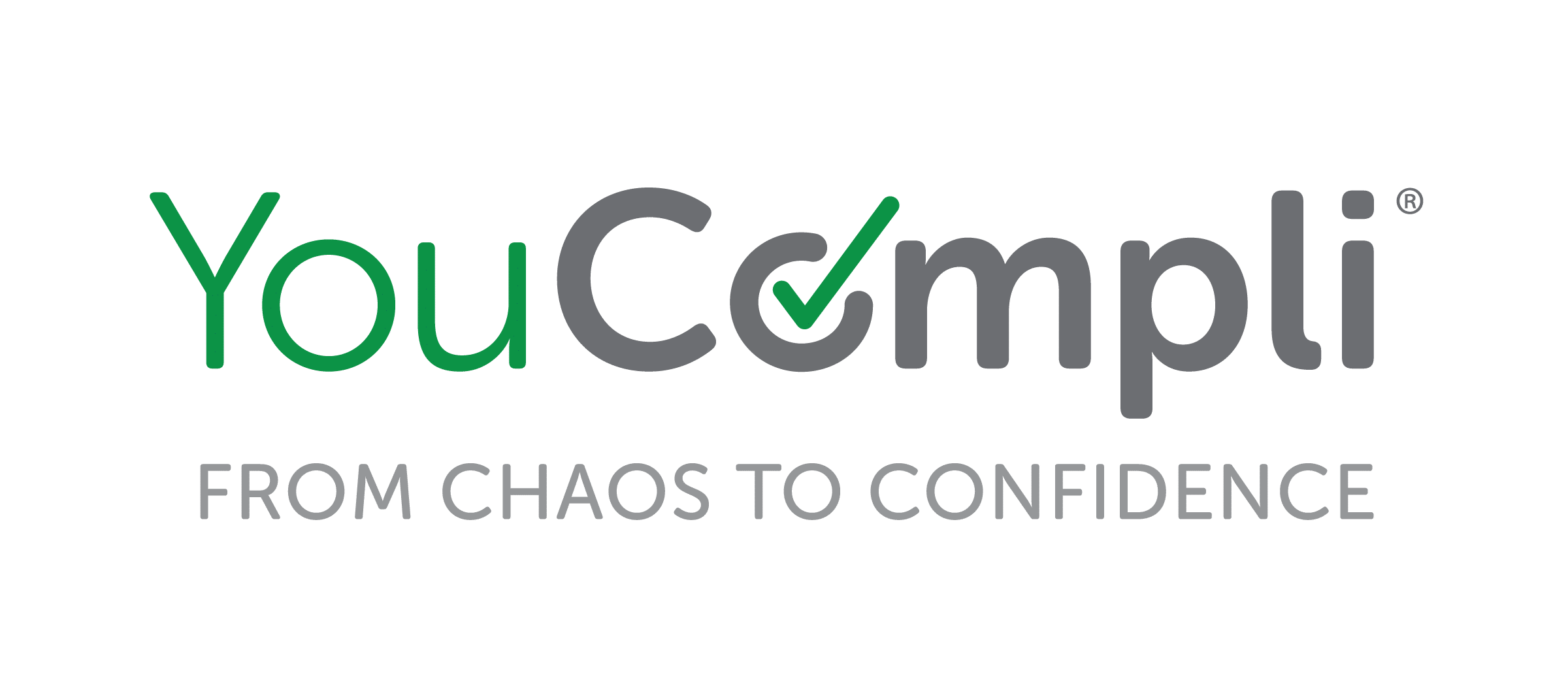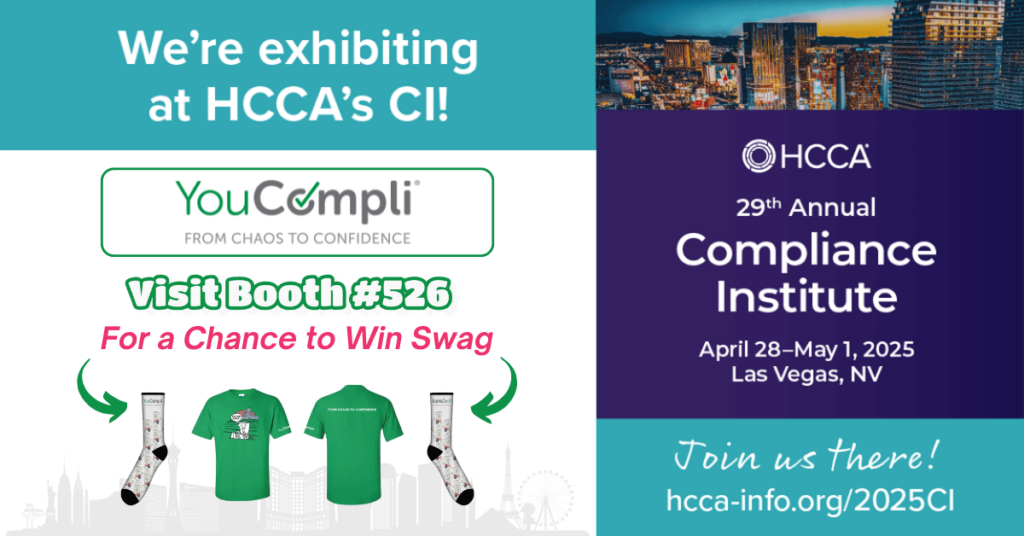
You know what is so funny about a compliance audit in an ironic and not a ha-ha sort of way? Every organization always touts how audit-ready it is, but the same organization always panics upon notification of an audit or inspection. Why? It’s because you aren’t audit-ready or inspection-ready.
Audit readiness in quality is no different than anything else – follow a pre-defined process to the letter, tweak it as necessary and continue to evolve it until it works for your organization. It’s not hard. People just panic because the auditor can shut them down. But you wouldn’t panic if you had a process to follow to minimize the damage. So here it is.
Pre-Audit Steps for Compliance Readiness
This process assumes you have pre-audit notification a week or so before the audit or inspection occurs. If you don’t, it still may work for you, but you will need to adjust accordingly. The majority of audit and inspection notifications come by e-mail, so take these steps as soon as you receive the notification:
- Schedule the pre-audit meeting. Get the leadership team together and discuss what the auditor or inspector wants to see.
- If they want to look at charts, review all the charts in advance before you give any to the inspector.
- Tour the facility in advance and make it look as presentable as possible.
- Review all your committee minutes over the last quarter to reacquaint yourself with all your risk areas and what you did to solve them.
- Finally, notify the entire team that an auditor is coming and review what you should say, as well as what you shouldn’t.
Audit readiness is as much knowing what not to say as it is knowing what to say. Harsh truth – as a quality professional, I know where the bodies are buried, and I know how to navigate the auditor or inspector around them.
Also ask the team if anyone knows the auditor, or if they have been to the facility before. Where did they look? What type of auditor were they? Review any previous findings and ensure they are buttoned up and have been addressed. Nothing makes you look worse than getting hit with a duplicate finding that you didn’t do anything about the first time they told you.
During the Compliance Audit
Generally, you have an opening meeting where the auditor asks you how things are going. Go in prepared with concise answers about how the program has operated for the last six months. Control the narrative – if they want to tour, for example, already have a plan on who is leading it and where you will take them.
Determine in advance who you want to interact with the auditor. Don’t risk putting the wrong person in front of the auditor and having your whole plan blow up.
The rest of the team should live in what we call “zones,” a part of the building that they are responsible for while the auditor or inspector is in the building. If the auditor requests something, give it to them as fast as possible, but don’t give them anything you have not reviewed. Finally, listen attentively during close-out, thank them for their time and discuss next steps.
Post-Audit Follow-Up Practices
You generally have 30 days but give the auditor everything they need before they need it. Shoot for half that time to respond. You should do a de-briefing within 24 hours of the audit:
- What went right
- What didn’t
- What do you need to improve on
- What processes are tight
- What needs work.
Respond thoroughly and answer all of their questions. We also recommend a readiness check at 30-, 60- and 90-days post-audit response, so the processes you put in place are sustainable and still working. If not, improve them.
Be Proactive: Prepare for Your Next Compliance Audit
Perception is reality. If you look like you know what you’re doing, respond promptly and politely, and treat the auditor with respect, you can generally minimize any damage. Auditors are there to find things, and they generally do. Don’t explain your way out of it or argue with them. Acknowledge, fix and move forward.
Learn more about audit expectations in this short piece, and if you need help with any audit readiness activities, contact us. We’ll make sure you are audit-ready.
John R. Nocero, Ph.D., and Andrea L. Bordonaro, MAT, blog on LinkedIn as “The Q-Kids,” discussing everything related to clinical research education, inspiration, and professional connection.
John is the Director of Quality at River Vista in Columbus, Ohio. He has worked in clinical research since 2003 and is inspired by the Irish professional wrestler Becky Lynch, whose personal and professional story centers on achievement, tenacity, grit, and overcoming adversity.


Andrea has taught first grade in Willoughby, Ohio for 25 years. She earned a Bachelor of Science in elementary education from John Carroll University and a Master’s Degree in the Art of Teaching and Education from Marygrove College.



